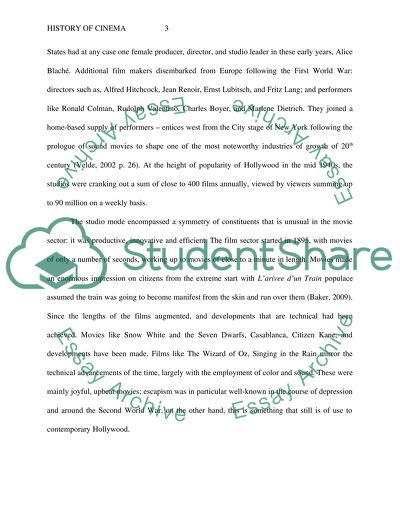Cite this document
(“Jewish Immigrant Experience in Shaping Hollywood Essay”, n.d.)
Jewish Immigrant Experience in Shaping Hollywood Essay. Retrieved from https://studentshare.org/visual-arts-film-studies/1448942-examine-the-significance-of-the-jewish-immigrant
Jewish Immigrant Experience in Shaping Hollywood Essay. Retrieved from https://studentshare.org/visual-arts-film-studies/1448942-examine-the-significance-of-the-jewish-immigrant
(Jewish Immigrant Experience in Shaping Hollywood Essay)
Jewish Immigrant Experience in Shaping Hollywood Essay. https://studentshare.org/visual-arts-film-studies/1448942-examine-the-significance-of-the-jewish-immigrant.
Jewish Immigrant Experience in Shaping Hollywood Essay. https://studentshare.org/visual-arts-film-studies/1448942-examine-the-significance-of-the-jewish-immigrant.
“Jewish Immigrant Experience in Shaping Hollywood Essay”, n.d. https://studentshare.org/visual-arts-film-studies/1448942-examine-the-significance-of-the-jewish-immigrant.


